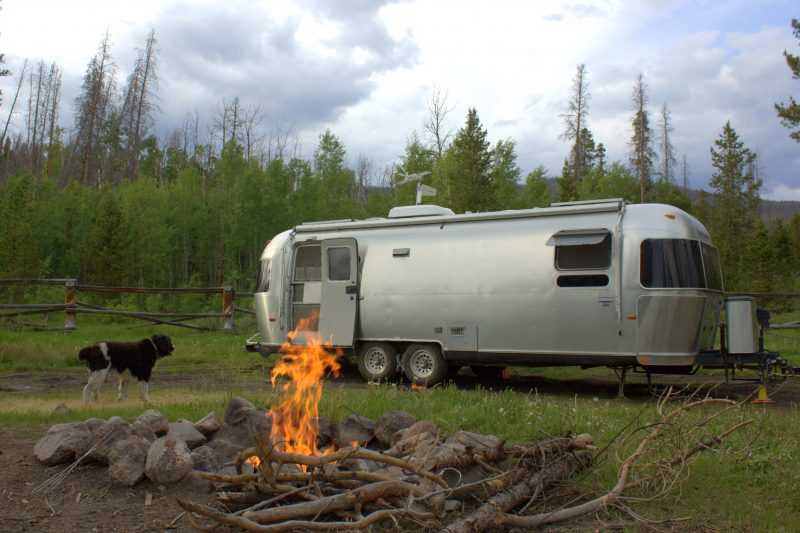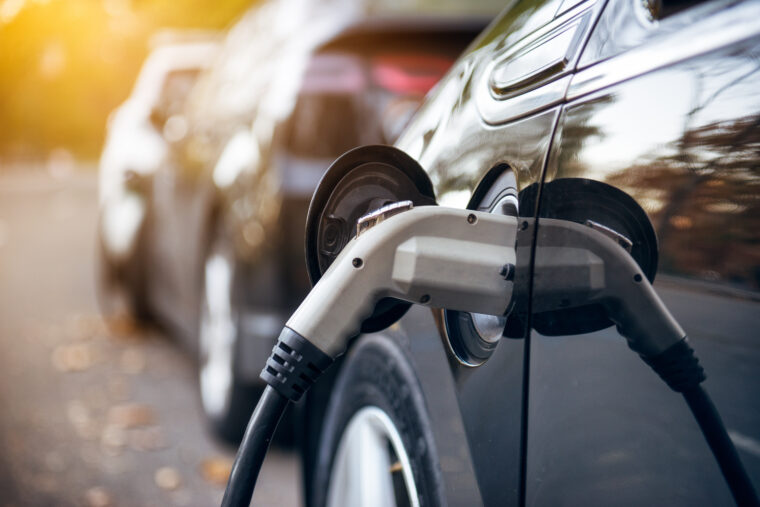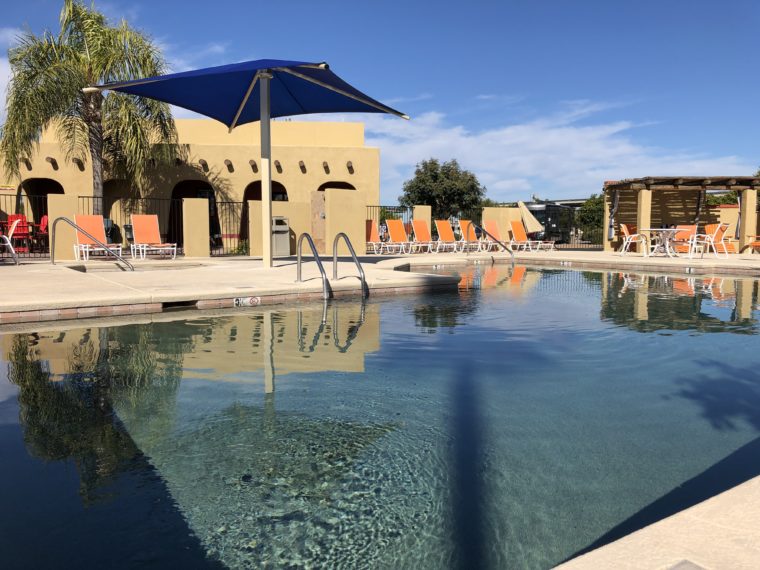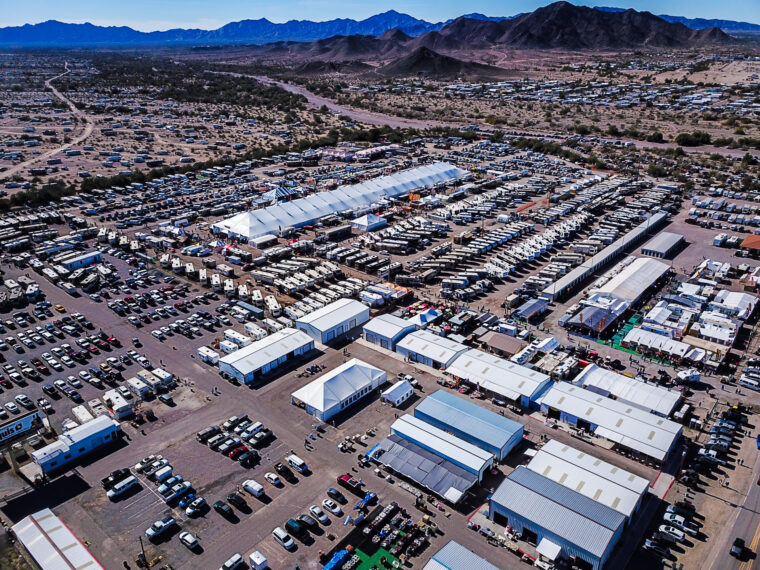Wildfire season in the Western U.S. is becoming longer and more destructive. Many agencies who oversee our public lands are used to dealing with wildfires, and how to balance those fires with protecting natural resources and keeping visitors safe. Part of that balancing act is making sure that campers aren’t starting wildfires of their own.
2022 Wildfire Closures in North America
Preventing Human-Caused Wildfires
“It’s really just the simple steps of doing the homework beforehand,” says Sheryl Page, a fire protection specialist with the U.S. Forest Service. “And being mindful of what they’re doing when they’re at the campsite.”
Page covers the Rocky Mountain Region of Colorado, which saw a few fires in August 2020.
When it comes to how wildfires start and spread, a number of factors, like the types of plant life and terrain in different regions, play a role. In Colorado, lightning causes the majority of wildfires, but the number one human-related cause is campfires. Across the country, nearly 85 percent of wildland fires are started by people each year, according to the National Park Service.
Forest officials have seen a spike in fire-related outdoor recently with more people outside to recreate and explore. “We’re seeing a lot of abandoned campfires,” says Page. “We’ve seen some different fire causes, such as dragging chains or parking in dry grass.”

Campfire Safety
So what should campers do before heading out to their campsite?
Start by checking local regulations. Are there any fire bans? Are gas or charcoal stoves allowed? Are there any fires burning in the area, or does the weather create the potential for a high risk of igniting a fire? You can find this information on agency websites for local law enforcement, state fire marshals, or the state’s office of emergency management.
Is It Time to Ditch the Campfire Tradition?
If fires are allowed where you are, be sure to build and put out your fire responsibly. Use only designated or established fire rings, rake back any flammable items nearby that could alight, and never leave your fire unattended. New a refresher course on how to build and extinguish a campfire? Check out this quick video from Campendium.
When you’re done with your fire, make sure that it’s totally out before going to bed for the night or leaving your campsite. “If it’s too hot to touch with the back of your hand, it’s too hot to leave it,” says Page.
Best Practices on How to Build a Responsible Campfire
She adds that something as simple as routine vehicle maintenance and smart parking can make a difference during wildfire season. For example, fire blowouts can spark a fire, so check your tire pressure regularly. When choosing a place to park, avoid parking over tall, dry grass that can easily ignite by a hot exhaust pipe.
“If they’re hauling a trailer, make sure the chain’s not dragging, because those sparks do cause fires,” Page says.
Planning for Evacuations
During wildfires, national forests may have evacuations where both residents and visitors need to pack up and get out of the area. This is why officials recommend you research where you’re going beforehand and learn the roadways so you can safely evacuate if you need to.
“If you can see [the fire] and you don’t feel comfortable, get out,” says Page. “Even though there might not be evacuations, just play it safe.”
If you’re camped in relative proximity to a wildfire, Page also recommends having a bag ready to go in the event of evacuations, as there may not always be time to hitch up if a fire is moving quickly or changes directions. Pack essential items like car keys, prescription medicines, glasses, water, snacks, and pet food.
Campground Closures
Wildfires can cause campground closures, either for safety reasons or to allow the landscape to heal.
The immediate aftermath of a wildfire leaves a high risk of damaged trees falling or splintering, in addition to health hazards such as poor air quality and blowing ash. The CDC has guidelines on precautions that should be taken in the aftermath of a wildfire.
Another factor for campgrounds is possible fire damage to infrastructure like roads and buildings, which could take time to rebuild.
As far as allowing the landscape to heal, it often depends on the type of vegetation found in the region. While some plants grow back quickly, others can take years (or longer).
According to the U.S. Forest Service, fires in recent years have eaten so much of its budget that it’s been forced to reallocate money from other vital operations. By doing our part to prevent human-caused wildfires, we can make a difference in keeping our favorite camping areas open, intact, and available for years to come.






